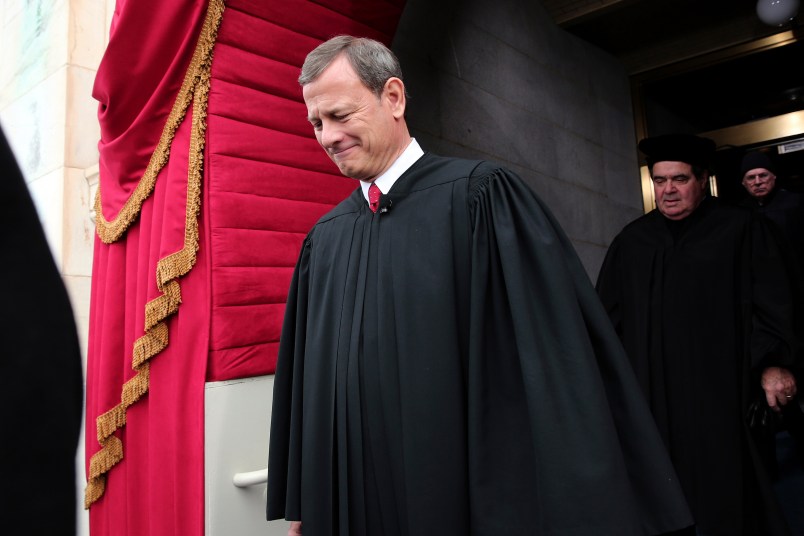As you’ve probably seen now, coincidentally – at least not by any schedule they had to follow – the 4th Circuit also ruled today on the same Obamacare subsidy question. And they sided with the government.
Now, historically, the 4th Circuit has been very conservative. But the panel that issued this ruling was made up mainly of Democratic nominees. At first, I was anticipating a weird turn of events where the full DC Circuit and the full 4th Circuit both overruled their panels, thus leaving the Supreme Court again with a dispute at the appellate level to resolve – just with the two Circuits switching places.
But my information was outdated. The 4th Circuit now has now 9 Democratic nominees and 5 Republican nominees. So things have changed pretty markedly.
All of that suggests a somewhat different scenario than we saw this morning. Given the mix of the judges on each Circuit it seems more likely than not that the final word from each Circuit will be in the government’s favor.
That would leave the Court with no dispute to resolve.
The Court can do whatever it wants of course. But if the scenario I sketched out above is right, taking the case would mean reaching down to the appellate level where there’s unanimity rather than dispute to take a case which even many right-leaning legal would recognize iffy or at least a bit of a stretch.
And to my admittedly non-lawyer and not very SCOTUS-knowledgable mind that seems to change the calculus, perhaps a lot. The takeaway from the Court’s main SCOTUS decision was that John Roberts has a personal and institutional agenda not wholly in line with his ideological agenda, which is very apparent and real. He seems to want his precedent-upending decisions on money in politics, regulatory issues and perhaps church and state issues but not to go so far or be too mercenary too many times to undermine the credibility of his tenure as Chief Justice or the Court more generally.
By all means, wait to hear what others who know a lot more about the Court than I do have to say and predict. But based on what we know now I’m a bit more skeptical that the Court steps in goes for broke on this case.






